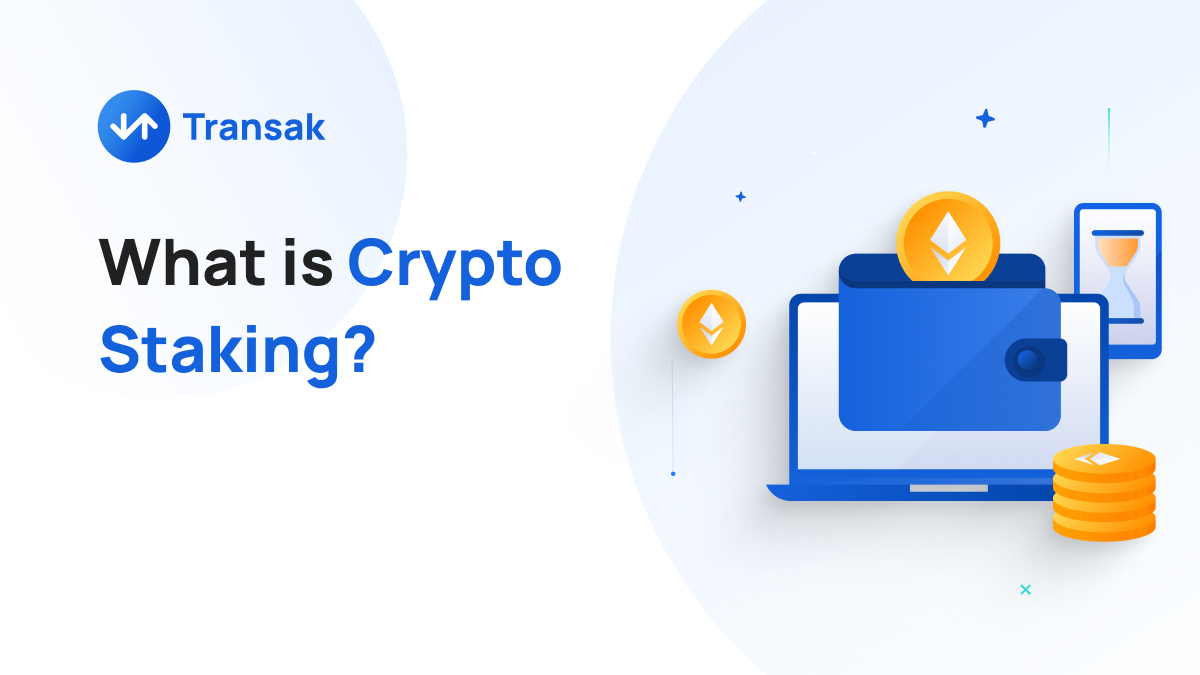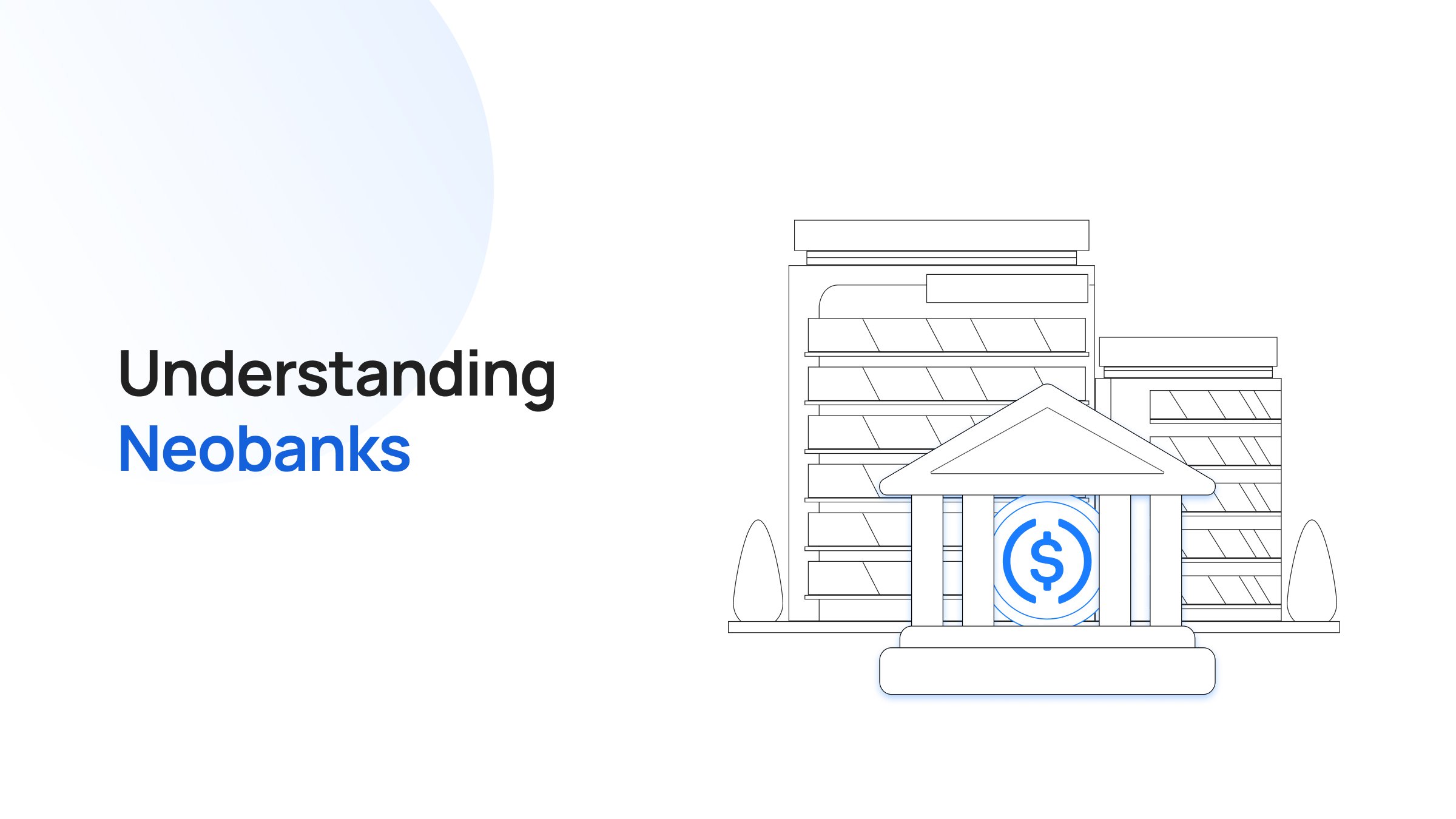Cryptocurrency, since its inception, has promised a decentralized financial future, but its backbone, the blockchain, initially relied on a system known as Proof of Work (PoW) to validate transactions.
While effective, PoW has been critiqued for its substantial energy consumption and slower transaction times, raising questions about its sustainability and scalability.
As this landscape evolved, the need for a more energy-efficient and faster consensus mechanism became evident to enable widespread implementations of blockchain technology.
The answer presented itself in the form of Proof of Stake (PoS) and crypto staking.
PoS emerged as a game-changer, promising to address the drawbacks of its predecessor by offering a leaner, more cost-effective method of maintaining blockchain integrity. This innovative approach not only aimed to streamline transaction verification but also opened doors to a novel concept known as crypto staking.
In this article, we will explain crypto staking, unravel its mechanics, and explore how it's redefining the norms of blockchain operations.
What is Crypto Staking?
Crypto staking involves the act of holding and locking a specified amount of cryptocurrency for a predetermined period to help validate and secure a blockchain’s operations. In return for staking crypto, participants earn more cryptocurrency & this is mainly seen in proof-of-stake blockchains like Ethereum, Solana and more.
In simple terms “crypto staking is a way to earn cryptocurrencies by securing a blockchain network by temporarily locking up assets.”
By staking cryptocurrency, individuals help in the validation of transactions and the creation of new blocks, playing a primary role in maintaining the integrity of the blockchain Network.
Staking crypto currency is only possible on blockchains that are based on the Proof of Stake (PoS) consensus mechanism. PoS is a way to make sure cryptocurrency transactions are legit.
What is Proof of Stake (PoS)?
Proof of Stake (PoS) is a consensus mechanism used in blockchain networks to validate and confirm transactions.
In PoS, participants, often referred to as validators, are chosen to create new blocks and verify transactions based on the amount of cryptocurrency they hold and are willing to "stake" as collateral.
The more cryptocurrency a participant is willing to lock up as a stake, the higher the chances they have to be selected to validate transactions.
How Does Staking Cryptocurrency Work?
Staking cryptocurrency involves securing a specific amount of cryptocurrency in a designated crypto wallet and keeping it locked for a particular duration.
Users dedicate a specified cryptocurrency amount to participate in staking. There are three conventional method on how
Staking crypto refers to participation in the validation of a Proof of Stake network. Stakers who actively stake their tokens are indirectly participating in the network's consensus process and thereby are verifying approving transactions taking place on the blockchain.
Let’s have a look at crypto staking and how it works:
- Users meeting minimum requirements to be potential validators add/stake crypto tokens to the network.
- A random validator suggests a new block, updating the ledger and getting a reward. Other validators check the chosen one's block for integrity and to prevent fraudulent activities.
- At the same time, nodes double-check for accuracy.
- This decentralized process, like crypto mining, happens repeatedly for each new block.
- Crypto stakers help secure the network, suggesting and confirming transactions, promoting decentralization and trust.
- Validators are crucial, and their accountability keeps the network strong, giving participants a chance to earn rewards.
What is a Crypto Staking Pool?
A crypto staking pool includes a group of cryptocurrency holders who pool their tokens and combine their staking power to achieve the status of an validator, increasing their chances of earning rewards, which are then distributed proportionally among pool members based on their individual contributions.
To become a validator, you usually need to commit a significant amount of the chain's currency (like a security deposit). In return, validators get rewards for their work.
Now, imagine you want to be a part of this validation process, but you don't have enough of the currency to become a validator on your own. This is where staking pools come in. A staking pool is like a group project where each person contributes a small amount of money. Everyone's contributions are combined to reach the amount needed to become a validator.
Once the staking pool has enough funds to meet the validator threshold, it can participate in the validation process just like a single large validator would. The pool, now acting as a validator, helps verify transactions and keep the network secure.
For helping in the validation process, the staking pool earns rewards. These rewards are then shared among everyone who contributed to the pool, based on how much each person put in. So, if you contributed a small amount of currency to the pool, you get a proportionate share of the rewards that the pool earns.
There are a variety of staking pools that vary based on the APY provided, staking rates, and lock-up period. Here are some of the best staking pools available.
All nodes
- Supports 40+ cryptocurrencies.
- Offers APY ranging between 2% - 90%.
- Non-custodial in nature.
Kraken
- Supports 16 different cryptocurrencies.
- Offers APY ranging between 2% - 23%.
- Custodial in nature.
InfStones
- Supports 50+ cryptocurrencies.
- Offers APY ranging between 2% - 29%.
- Non-custodial in nature.
Binance Staking
- Supports 120+ cryptocurrencies.
- Offers crypto staking rates (APY) up to three figures.
- Custodial in nature.
Everstake
- Supports 37+ cryptocurrencies.
- Offers APY that varies between cryptocurrencies.
- Non-custodial in nature.
How to Get Started with Staking in Crypto?
There are various methods to initiate your journey into cryptocurrency staking, and here is a step-by-step guide to get started.
1. Staking on your own by running your own validator.
Step 1: Set Up a Wallet
Select a compatible wallet that supports the blockchain you want to stake on.
Step 2: Top-Up Sufficient Cryptocurrency
Fund the wallet with the necessary amount of cryptocurrency as per the staking requirements of the blockchain. This amount often serves as collateral.
Step 3: Run a Validator Node
Install and configure the software for running a validator node. This involves setting up the necessary infrastructure, ensuring connectivity, and syncing with the blockchain.
Step 4: Stake Your Cryptocurrency
Use the wallet to stake your cryptocurrency by locking it in the validator node demonstrating your commitment to supporting the network.
Step 5: Monitor and Maintain
Regularly check the status of your validator node, address any issues promptly, and keep it online to continue participating in the staking process.
2. Delegating to a validator
Step 1: Choose a Staking Platform
Select a staking platform or exchange that supports delegation to validators. Binance, Coinbase, and Atomic wallets are few examples of prominent dedicated staking platforms.
Step 2: Create or Access a Wallet
Create a wallet on the chosen platform or use an existing one. Ensure it is funded with the cryptocurrency you intend to stake or delegate.
Step 3: Explore Validators
Browse the available validators on the platform based on the crypto staking highest apy provided also, keep in mind the factors such as reputation, performance, and fees.
Step 4: Delegate Your Cryptocurrency
Initiate the delegation process on the platform, specifying the amount of cryptocurrency you want to delegate to the chosen validator.
Step 5: Monitor Rewards
Keep track of staking rewards and adjust your delegation as needed.
3. Joining a staking pool
Step 1: Choose a Staking Pool
Select a staking pool based on the highest APY/APR provided, also keeping in mind about the factors like reputation, pool size, and fee structure.
Step 2: Create a Wallet
Create a wallet compatible with the chosen blockchain and ensure it is funded with the cryptocurrency you intend to stake.
Step 3: Join the Staking Pool
Enter the amount of cryptocurrency you would like to stake and follow the instructions provided by the staking pool to join in.
Step 4: Receive Staking Rewards
You will receive a share of the rewards proportional to your contribution.
How to Calculate Crypto Staking Rewards?
Crypto staking rewards are calculated based on two primary components — APY and APR. Use them to calculate crypto staking rewards.
What is an APY?
APY stands for Annual Percentage Yield, it is the rate of interest you will receive on an investment every year. APY includes compound interest.
Compound interest is the amount earned on the interest and the principal investment.
How to calculate an APY?
To determine the crypto staking highest Apy, you can use the following formula:
APY = ( 1 + r/n )n − 1
where;
R = Interest rate (staking reward rate, expressed as a decimal)
N = Number of times that interest is compounded per year
What is an APR?
APR stands for annual percentage rate.
APR is the percentage of rewards or income an investor can expect to earn as interest on their investment.
How to calculate an APR?
crypto staking APR is calculate using the following formula:
A = [P x (1 + R x T)]
where;
A = Total Final Amount
P = Principal (Initial investment or loan amount)
R = Interest rate
T = Time in years
Another formula to calculate APR is as follows:
APR = [(Fees + Interest) / Principal ] / n x 365 x 100
where;
P = Principal Investment
N = Number of days in term
An easier way to calculate is to use an online crypto staking APR calculator.
Top Platforms for Crypto Staking
Selecting the best crypto staking platform has always been a challenge; here are the top 5 platforms for crypto staking, each offering unique features, varieties of assets and user experiences.
1. Binance
Binance, one of the largest cryptocurrency exchanges, provides a staking opportunities for various cryptocurrencies.
Users can stake assets like Binance Coin (BNB), Cardano (ADA), and 100+ more, earning staking rewards.
2. Coinbase
Coinbase offers a user-friendly staking platform (Coinbase Earn) that allows users to stake certain cryptocurrencies directly from their Coinbase accounts.
Users can earn staking rewards for 69 supported cryptocurrencies like Ethereum (ETH) and Tezos (XTZ).
3. Trust Wallet
Trust Wallet is a self-custodial wallet that provides a seamless staking experience for various cryptocurrencies.
Users can stake 23 crypto assets including ETH, BNB, TRX and more directly from the wallet and earn staking rewards.
Available globally.
4. KuCoin
KuCoin is a cryptocurrency exchange that offers staking opportunities for users.
KuCoin's staking service supports 47 varieties of cryptocurrencies, allowing users to earn staking rewards.
5. Atomic Wallet
Atomic Wallet is known for its emphasis on security and privacy, providing users with full control over their private keys.
Users can stake 24 assets including ETH, INJ and more using the self-custodial provided by Atomic wallet.
Available globally.
Understanding Crypto Staking Taxes
While rewarding, users are obligated to report and pay tax on any income generated by staking cryptocurrencies.
Users must be mindful of the specific tax regulations imposed by governments in their respective states and countries. Understanding and accurately reporting staking-related income is essential to ensure compliance with tax laws.
Crypto Staking Taxes in the US
According to the IRS (Internal Revenue Service) any crypto currency staker that receives staking rewards for participating in the validation of a Proof of Stake network are subjected to include those rewards as income under the financial year they have control over those assets for which they will be taxed under income tax rule.
In short, crypto staking rewards are taxed under income tax and are applicable for investors within the US.
Crypto Staking Taxes in the UK
According to the HMRC (His Majesty Revenue and Customs), the sterling value of the tokens received from staking rewards will be taxable as miscellaneous income, indicating that staking rewards as income and are subject to income tax.
Crypto staking tax in the UK are taxed based on two factors:
- The classification of the reward as income.
- The classification of the reward as capital gains.
In case staking regards are categorized as income, they are subject to income tax, ranging between 20% to 45%.
In case staking rewards are deemed capital gains, they are subject to capital gains tax, ranging between 10% to 20%.
Crypto Staking Taxes in India
Staking reward earnings attract 30% taxes in India.
The amount of rewards you earn from your stake in crypto depends on the APR provided by the validator. These rewards are then subjected to 30% tax under the Indian government taxation law.
Let's take an example that you have staked 100 tokens with 10% APR, you will earn 10% interest per annum. The income generated by the staking will be taxed at 30% in addition to the 30% tax levied while you sell the cryptocurrency.
Please note: This content is for informational purposes only and not intended as tax or legal advice. Tax laws vary by region and are subject to change. Please consult a tax professional for specific advice.
Conclusion
PoS and staking are crucial in fostering a more inclusive and decentralized blockchain ecosystem.
By lowering entry barriers and reducing reliance on specialized hardware, they enable a wider community of users to participate in network governance and earn rewards. This inclusivity not only strengthens the network by distributing the validation process across a diverse set of validators but also aligns stakeholders' interests with the network's health and longevity.
To get started with staking cryptocurrencies, create a wallet and top up via Transak. Transak is integrated in most of the learning non-custodial wallets including MetaMask and Trust Wallet.






